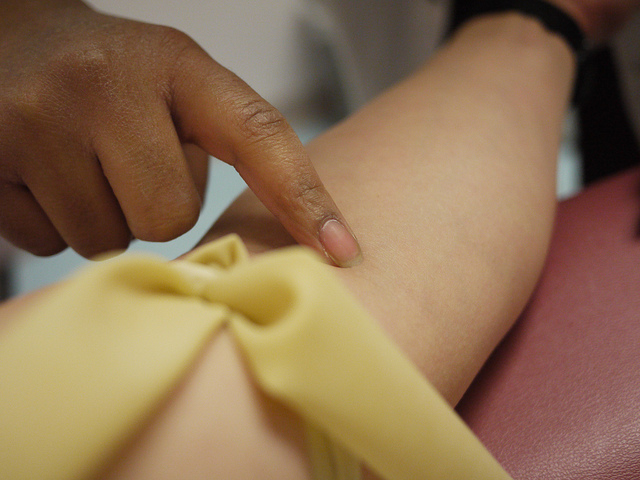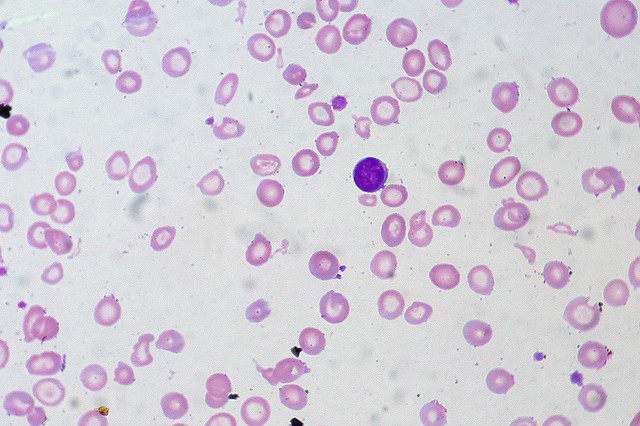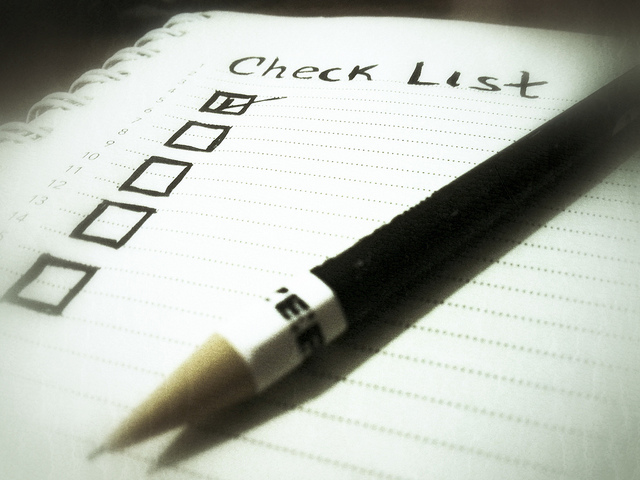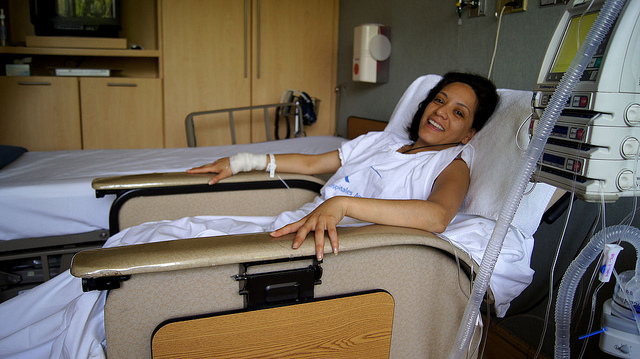Ashley is an awkward potato in love with words, Kpop,…
Feeling too tired lately? Do you often feel dizzy or a little lightheaded? Do you find yourself catching your breath after a short walk?
Get yourself checked. You might be anemic.

Anemia occurs when your blood has less than the normal number of red blood cells (RBC) or when your RBCs do not carry enough hemoglobin. Hemoglobin is the protein that gives your blood its red color. It also carries oxygen through your entire body. Without the oxygen, your organs and tissues fail to work properly.
The World Health Organization (WHO) reports that as of 2010, 42% of Filipino women are or have been victims of this condition. 44% of pregnant women are also affected with anemia. This disease occurs when your body loses too much blood (e.g., during menstruation) or experiences problems producing red blood cells.
If you suspect you are anemic, don’t just brush it off. Anemia is a serious condition and demands your attention. Here are 4 tips on dealing with anemia:
1. Self-check for symptoms.

In some cases, anemia can be so mild that it goes unnoticed. As the body continues to lose required levels of iron, the signs intensify. According to the Mayo Clinic, common symptoms of anemia include the following:
- Pale skin
- Over fatigue despite lack of activities
- Shortness of breath
- Dizziness
- Brittle nails
- Poor appetite
- Frequent infections
- Fast heartbeat
If you are currently experiencing most of these signs, it’s time to get yourself checked.
2. Determine the type of anemia you might have.

Anemia has different types:
- Iron deficiency anemia (IDA) – considered the most common; happens when you lack iron in your blood
- Vitamin deficiency anemia (VDA) –when you have low levels of vitamin B12 or folate
- Anemia caused by disease –some diseases hurt the body’s capability of producing red blood cells. Kidney problems are an example.
- Anemia caused by inherited blood disease – inherited blood disease through genetics.
Knowing the type of anemia gives you a clearer idea on your condition. This also gives you the basic information on your anemia, the dos and don’ts and other health precautions. Your doctor should be able to shed light on this issue. Which brings us to our next point.
3. Consult your doctor ASAP.

If you’re suffering from symptoms of anemia, consult your doctor as soon as possible. Don’t brush it off and do not resort to self-medication. Get professional help.
Doctors do not immediately treat anemia until the cause is detected. The treatment for one type of anemia may be dangerous for another. Consulting with your doctor provides you with a certified game plan in dealing with your condition.
4. Follow a diet according to your condition

Different types of anemia demand different diet plans. Determine your anemia type and fill your diet with what is lacking.
For those suffering IDA, your diet should be filled with food rich in iron. Eat red meat, fish, cereal and nuts and seeds. Green leafy vegetables are also a must. Adding dried beans and pulses (lentils, green peas, kidney beans, and more) can also boost your iron levels.
If you’re lacking folate, good sources of folic acid include:
- Raw or cooked Brussel sprouts
- Cooked blacked-eye beans and chickpeas
- Liver
- Kidneys
Your diet depends on what you need. Ask your doctor about it and stick to it religiously.
Along with proper medication, healthy diet and proper exercise, you can beat anemia. All it takes is determination and dedication to keep yourself fit.
What's Your Reaction?
Ashley is an awkward potato in love with words, Kpop, and corgis. She spends her free time dancing like one of those balloon things you see in malls.
